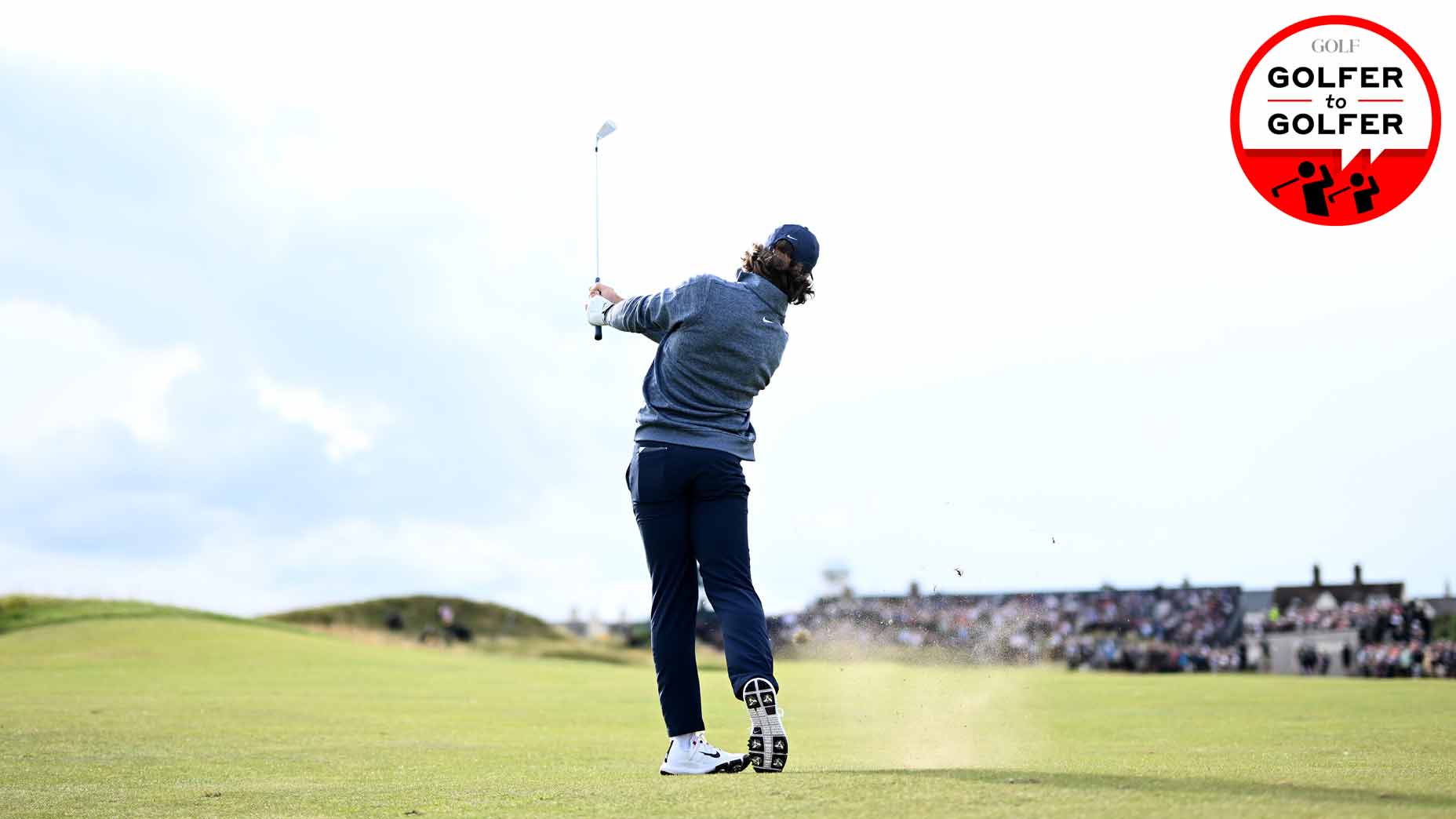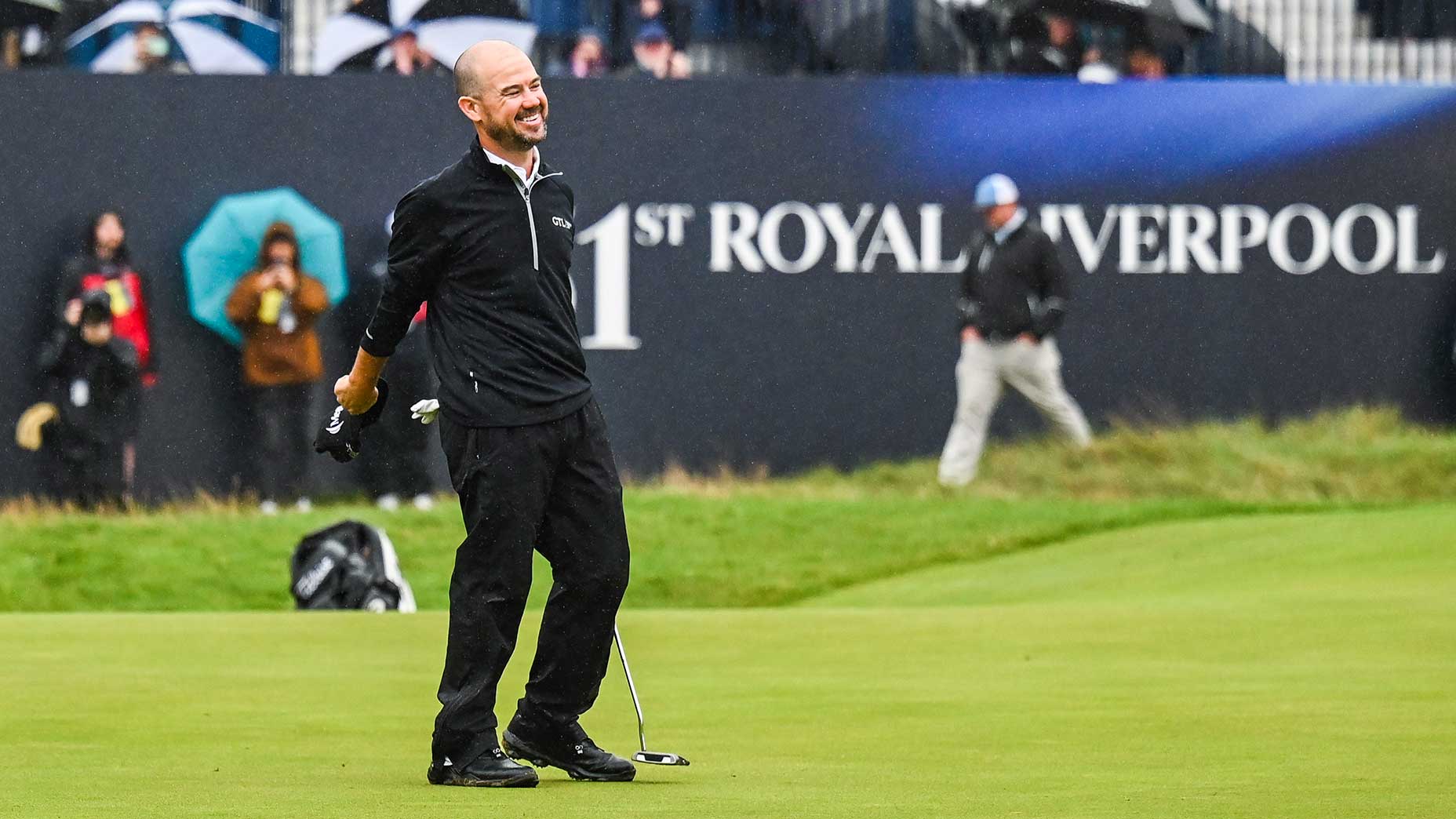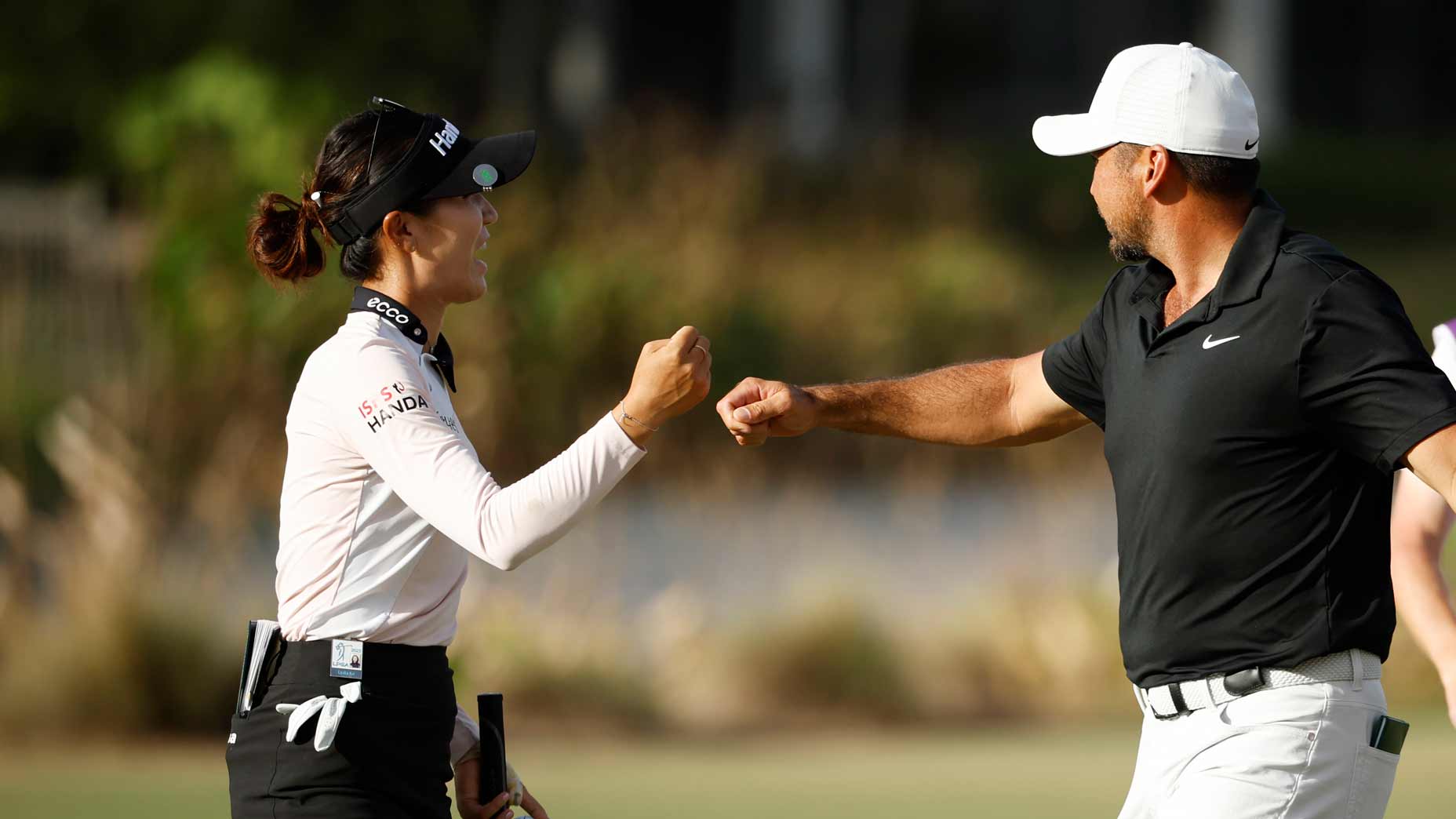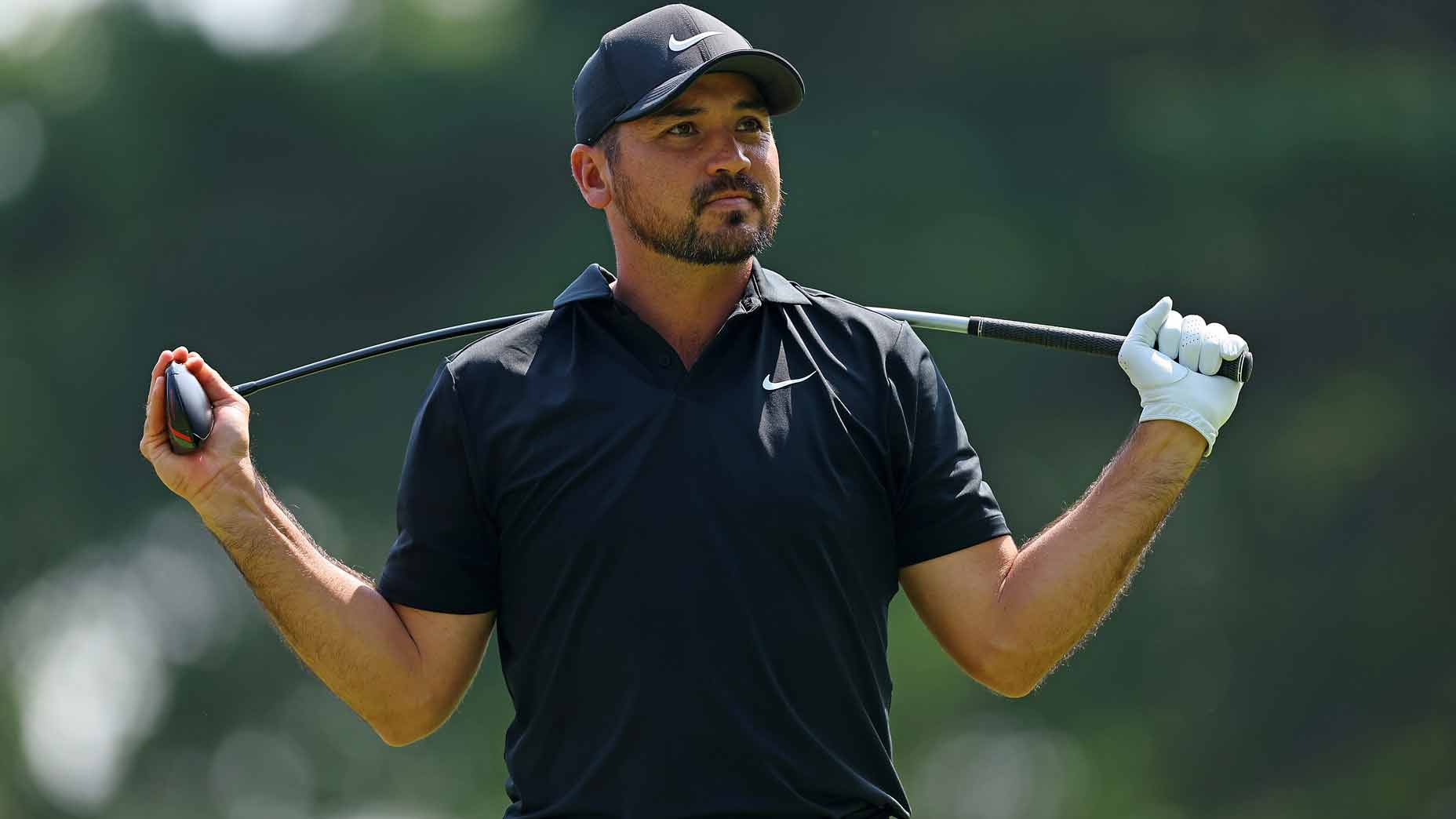What ‘Strokes Gained: Total’ stats tells us about the Open Championship leaders
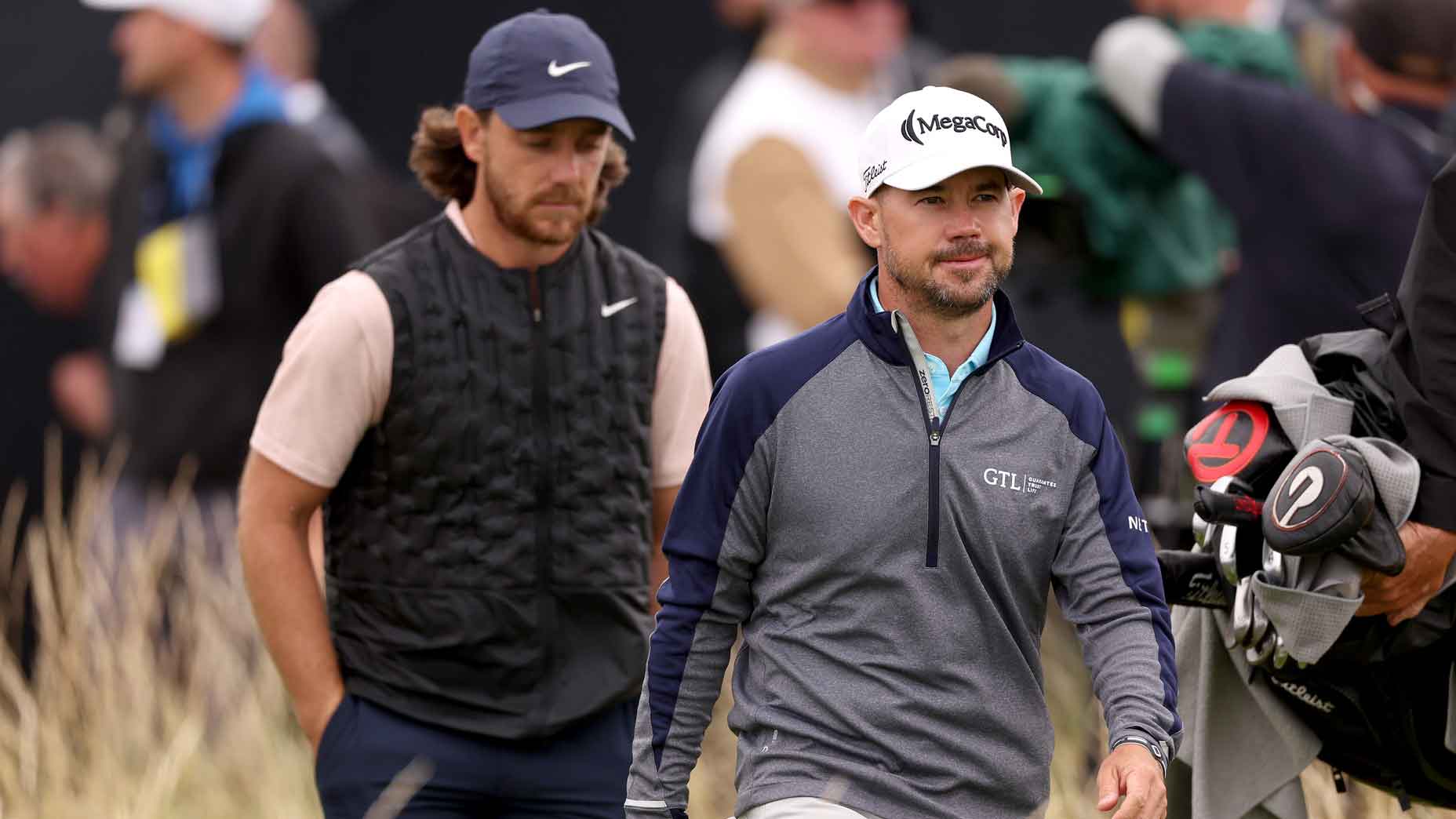
Where a player ranks in Strokes Gained: Total may be a true indication of success at this year's Open Championship.
Getty Images
The Stokes Gained: Total (SG: Total) statistic is how a player scores each week in relation to the field in that event. For example, if the field has a scoring average of 72 on a particular day, and a player shoots a 69 that day, that player gained three shots on the field.
I’ve weighed this while also trying to find a few specific strengths that can be assets based on Royal Liverpool, the site of this weekend’s Open Championship.
Following Round 2 at the Open Championship, it’s clear that the leaderboard shows something interesting: players who rank well in the Strokes Gained: Total category over this season also rank well in the stat at the Open.
Each of these players has a specific strength that I believe has allowed them to be ranked so high in Strokes Gained: Total over the year; as well as this week. This provides each one of these golfers with a great opportunity to hoist the Claret Jug come Sunday.
Brian Harman
Harman, currently in first place, ranks 36th in Strokes Gained: Total for the year, and historically ranks very highly in both SG: Off the tee and SG: Putting. This year, he’s currently ranked first in putting from six feet or closer at 92 percent. He’s also 14th in driving accuracy off the tee.
This week, Harman remains first in the field from six feet or closer at Royal Liverpool. Is there something in his swing that can help you improve both your directional and pace control on these shorter, yet challenging, putts?
Yes, and it’s quite simple.
Find a metal ruler at your local hardware store, find one tee, and place the ruler around 5-6 feet out from the hole and in-line with where the ball would need to start. The tee should be in the back inside portion of the hole, so make sure it’s stuck in halfway.
The goal is to place the ball on the back end of the ruler and hit putts trying to achieve two things. First, to keep the ball rolling on the ruler the whole time, and, second, have the ball fall in the front portion of the hole without hitting the tee.
Tommy Fleetwood
Currently tied for second place, Fleetwood ranks 7th in SG: Total for the year, and historically does very well in both the SG: Approach category and SG: Putting. More importantly, he also ranks second in scrambling from outside of 30 yards for the year. This will come in handy when getting into trouble off the tee, around the green, or having to hit out sideways from one of the difficult pot bunkers.
This week, Fleetwood is second in scrambling from outside of 30 yards, meaning he has to be both a great wedge player and a terrific putter.
If you struggle around the greens, here’s what you can learn from Fleetwood.
If you watch him hit his shots from this area, you’ll see that his body actually moves slightly towards the target as the club is still going back during his backswing. Then in the downswing, his body will appear to extend (or stand up) a touch before impact. The body then chases leftward and around.
If the average golfer had some small version of this, they would greatly improve their ball-striking and launch conditions, providing a much tighter proximity to the hole.
Jason Day
Day ranks 12th in Strokes Gained: Total for the year, and is second in scrambling — meaning Day’s getting up and down about 67 percent of the time. He’s also 19th in SG: Putting.
This is why Day is currently tied for second place, as his world-class short game is giving him a chance at winning the Open Championship.
Day is having an incredible comeback to his career, and ranks 12th in Strokes Gained: Total, 19th in SG: Putting, 20th SG: Around the Greens, and 27th SG: Off the tee, for the year. If that’s not impressive, I don’t know what is!
Here’s what amateur players can learn from Day; which can help with both injury prevention and overall improvement.
Years ago, Day had to begin to use his legs and hips differently in the backswing. This was due to his original move causing too much pressure on the lower back. You’ll see his current backswing now appears to have more hip rotation in the backswing, mostly due to his trail leg (right) straightening/extending much more than it used to.
If an average golfer did this, it would help them turn and tilt better in the backswing, providing more depth of the hands at the top. This would lead to a happier golf body, due to less manipulations in the downswing.
From the information above, it’s clear that the Open Championship leaderboard has an indicator for success: Strokes Gained. The players near the top have generally had an advantage over their peers all season long.
Each player is ranked inside of the top-40 on the season, and each has an even better niche that has allowed them to be great all season long. Now let’s see if one of these three players can rise to the top to capture the Claret Jug.


